Fig Plant
- October 27, 2023
- 0 comment
The fig plant, scientifically known as Ficus carica, is a remarkable and ancient species that has been cultivated for its delicious and nutritious fruit, the fig. Native to the Mediterranean region and Western Asia, this deciduous tree or shrub has been cherished for thousands of years for its unique, lobed leaves, and sweet, teardrop-shaped fruits.
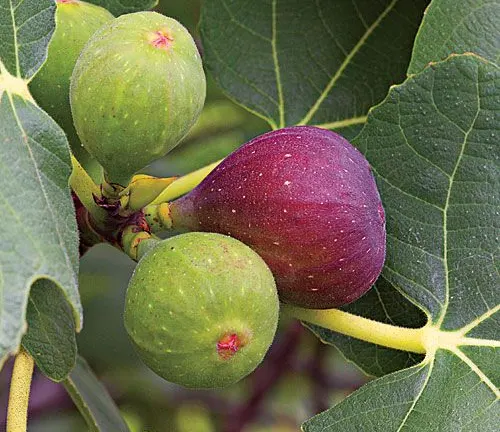
FIg plants are well-adapted to warm, temperate climates, and they can thrive in a variety of soil types. They are known for their resilience and ability to endure less-than-ideal growing conditions, making them a popular choice for home gardeners and commercial orchards alike.
Figs are not only esteemed for their sweet flavor but also for their rich nutritional content, offering a good source of dietary fiber, essential vitamins, and minerals. The intricate relationship between the fig plant and its pollinator, the fig wasp, adds a fascinating dimension to its biology, highlighting the complexity of nature. This unique plant has left an indelible mark on human history, both as a culinary delight and a symbol of enduring vitality.
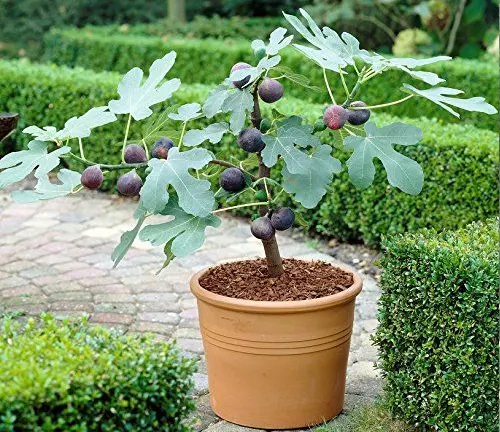
| Characteristics | Description |
| Scientific Name | Ficus carica |
| Family | Moraceae |
| Common Names | Fig tree, Common fig |
| Type | Deciduous tree or shrub |
| Native Range | Mediterranean region and Western Asia |
| Growth Habit | Multi-stemmed with a spreading canopy |
| Height | Typically 10 to 30 feet (3 to 9 meters) |
| Leaves | Lobed, alternate, palmate, up to 10 inches (25 cm) long |
| Fruit | Syconium, pear-shaped, with a sweet and edible flesh |
| Fruit Size | Varies, usually between 1 to 3 inches (2.5 to 7.6 cm) |
| Fruit Color | Green when immature, changes to purple, brown, or black when ripe |
| Flowers | Small and inconspicuous, inside the fruit (syconium) |
| Pollination | Mutualistic relationship with fig wasps (e.g., Blastophaga psenes) |
| Climate | Thrives in warm, temperate climates |
| Soil | Well-draining soil, adaptable to different soil types |
| Hardiness Zones | Typically zones 7 to 9, but may vary by cultivar |
| Propagation | From cuttings or grafting |
| Cultivars | Numerous varieties with variations in fruit size, color, and flavor |
| Harvest Season | Summer or late summer, depending on the region |
| Nutrition | Figs are a good source of dietary fiber, vitamins (e.g., vitamin K and B vitamins), and minerals (e.g., potassium) |
| Culinary Uses | Consumed fresh, dried, or used in various dishes and desserts |
| Historical Significance | Cultivated for thousands of years and mentioned in ancient texts and folklore |
| Landscape Use | Ornamental plant in gardens and landscaping for its distinctive leaves and fruit |
| Pest and Disease | Susceptible to aphids, nematodes, and fungal diseases |
| Pruning | Pruning is common to maintain shape and size, improve fruit production |
| Fruit Preservation | Figs are often dried to extend their shelf life |
Botanical Beauty of the Fig Plant
The fig plant, scientifically known as Ficus carica, is a botanical wonder that captivates with its natural elegance. With its distinctive lobed leaves and sweet, teardrop-shaped fruits, this plant is a visual delight. The leaves, palmate and green, exude a sense of grace, while the figs themselves transform from vibrant green to shades of purple, brown, or black as they ripen. This aesthetic allure has made the fig plant a favored ornamental choice in gardens and landscapes worldwide. Its unique appearance, coupled with its historical significance, places it on a pedestal of botanical beauty.
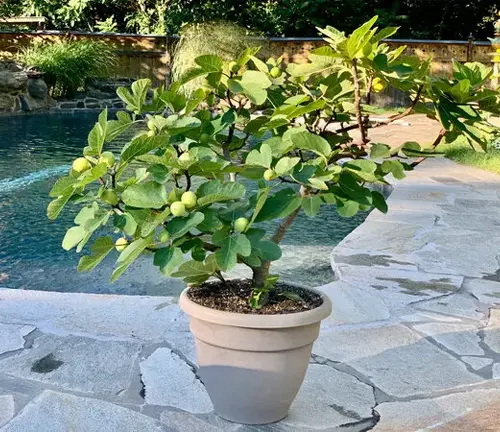
Woodland Elegance
Fig plants, often found in the Mediterranean region and Western Asia, bring an air of woodland elegance to their native landscapes. These deciduous trees or shrubs can grow to a height of 10 to 30 feet, creating a spreading canopy that provides shade and shelter. Their multi-stemmed growth habit adds to their charm, making them an integral part of the ecosystems they inhabit. The presence of fig plants in these regions not only enhances the visual appeal of woodlands but also contributes to the overall biodiversity.
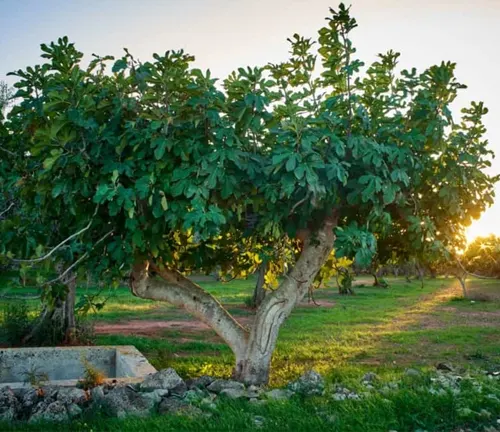
Ecological Importance
The ecological significance of the fig plant extends beyond its aesthetic contributions. One remarkable aspect of its ecology is its relationship with the tiny fig wasp, such as Blastophaga psenes. This mutualistic partnership involves the wasp’s role in pollinating the fig flowers, ensuring the plant’s reproduction, and, in turn, providing a habitat for the wasp’s life cycle. This intricate interdependence highlights the importance of fig plants in sustaining biodiversity and fostering ecological balance.

Cultivation and Conservation
Fig plants are renowned for their adaptability and resilience. They can thrive in a range of soil types and are well-suited to warm, temperate climates. Cultivation of figs has a rich history, dating back thousands of years, making them a cherished horticultural treasure. Conservation efforts have also recognized the importance of preserving these ancient trees, ensuring their continued existence for future generations.
Fragrance
In addition to their striking appearance, fig plants are known for their delightful fragrance. The leaves and fruit emit a unique, sweet scent that adds to their allure. This fragrance is not only pleasing to the senses but also attracts various pollinators, contributing to the fig plant’s reproductive success.
Soil Stabilization
Beyond their aesthetic and olfactory qualities, fig plants play a role in soil stabilization. Their extensive root systems help prevent soil erosion, making them valuable in landscapes prone to land degradation. By anchoring the soil and reducing the risk of erosion, fig plants contribute to the preservation of the natural environment.
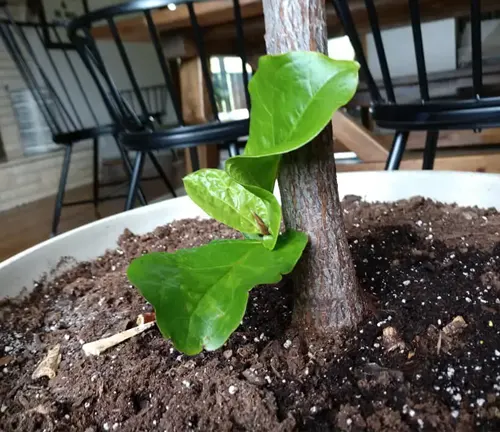
Common Uses
The fig plant’s fruits are not only a treat for the eyes and nose but also a delight for the palate. Figs can be consumed fresh, dried, or incorporated into a variety of dishes and desserts. Their versatility in culinary applications has made them a beloved ingredient in various cuisines worldwide. From jams and pastries to salads and charcuterie boards, figs are a versatile addition to the kitchen.
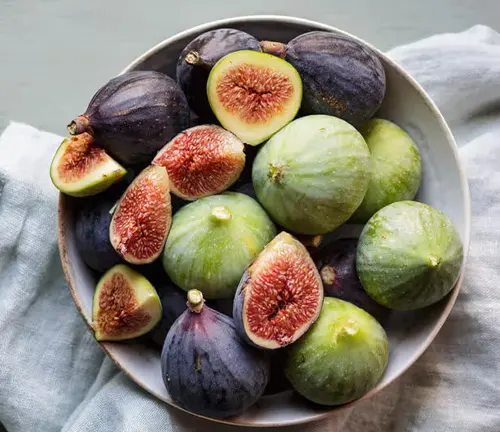
Benefits
Beyond their culinary appeal, figs offer numerous health benefits. They are a good source of dietary fiber, vitamins (such as vitamin K and various B vitamins), and essential minerals, notably potassium. These nutrients contribute to digestive health, bone strength, and overall well-being. Figs, both fresh and dried, have a place in a balanced diet.
Different Species
Ficus carica
Common Fig
This is the most well-known and cultivated species, native to the Mediterranean region and Western Asia. It produces the delicious edible fig fruits and has various cultivated varieties.
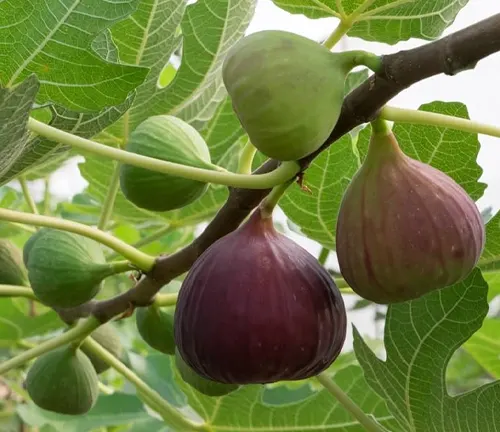
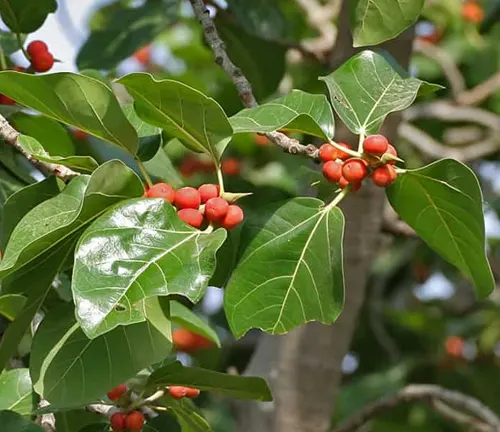
Ficus benghalensis
Banyan Tree
Known for its massive size and aerial roots, the Banyan tree is native to the Indian subcontinent. It’s an iconic tree with cultural and religious significance.
Ficus elastica
Rubber Plant
The rubber plant is native to Southeast Asia and is cultivated for its latex. It’s a popular indoor houseplant known for its large, glossy leaves.
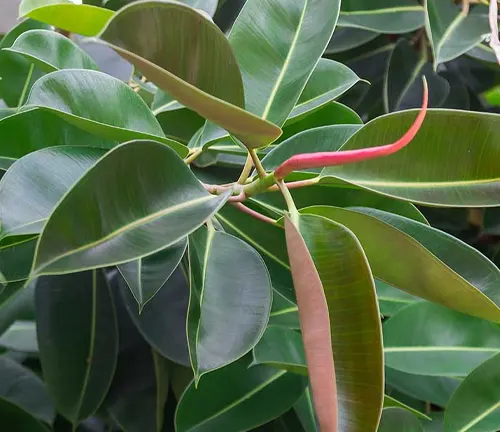
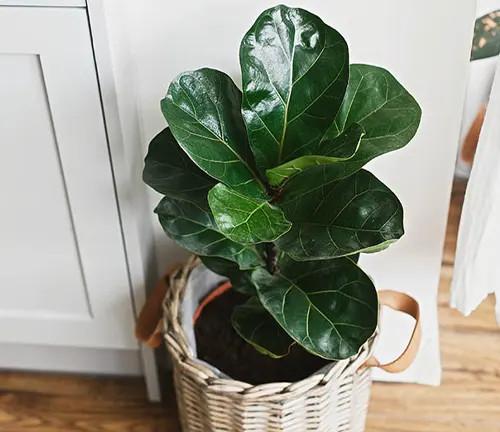
Ficus lyrata
Fiddle-Leaf Fig
This species, also known as the fiddle-leaf fig, is a popular houseplant. It’s admired for its large, violin-shaped leaves and is native to West Africa.
Ficus microcarpa
Indian Laurel Fig
Native to South and Southeast Asia, this species is often used for bonsai cultivation. It has small, dark green leaves and is appreciated for its ornamental value.

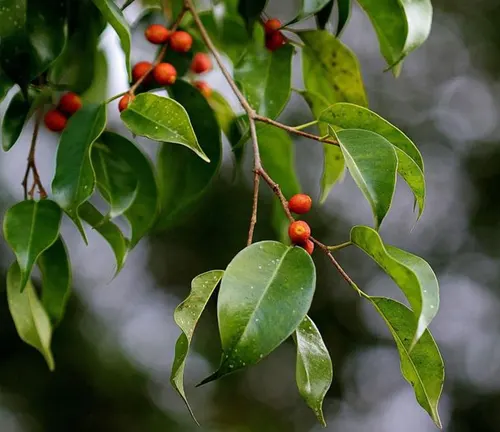
Ficus benjamina
Weeping Fig
Native to Southeast Asia and Australia, the weeping fig is a popular indoor and outdoor ornamental tree. It has slender, drooping branches and small, glossy leaves.
Ficus religiosa
Sacred Fig
This species holds great cultural and religious significance, particularly in Hinduism and Buddhism. It is native to the Indian subcontinent and is known for its heart-shaped leaves.
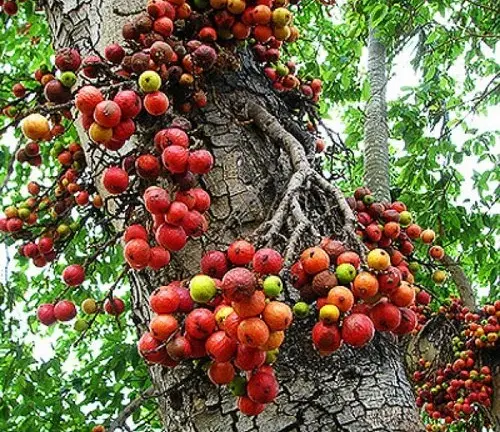
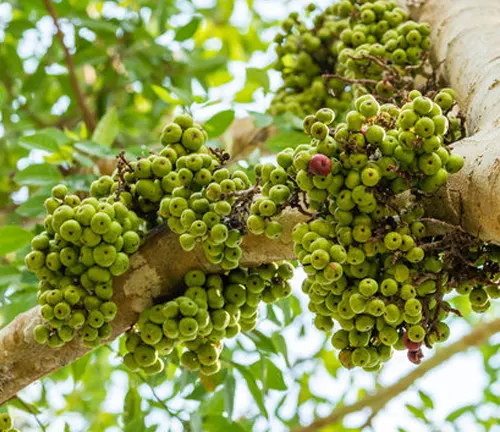
Ficus racemosa
Cluster Fig
Native to the Indian subcontinent and Southeast Asia, the cluster fig tree produces figs in clusters. Its fruits are an essential food source for various animals.
Ficus pumila
Creeping Fig
This species is known for its small, creeping vines and is often used as a ground cover or for decorative purposes on walls and fences.
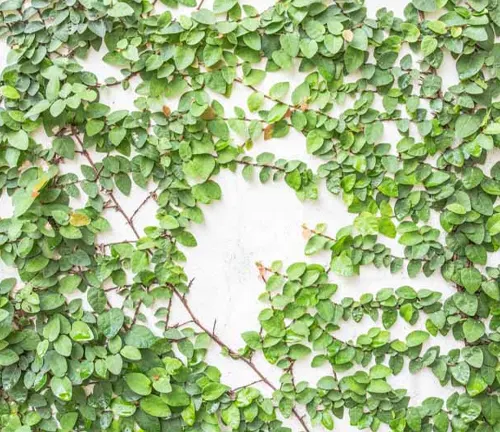
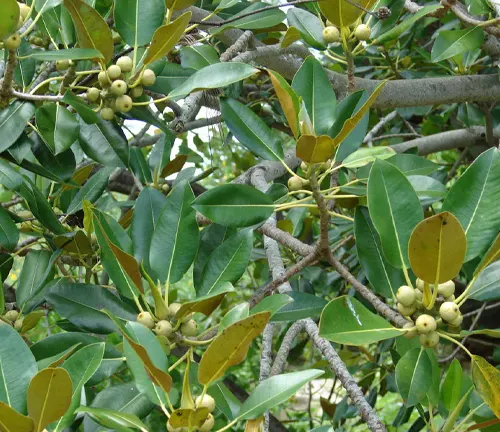
Ficus macrophylla
Moreton Bay Fig
Native to eastern Australia, this species is known for its large, leathery leaves and buttress roots. It’s a significant tree in Australian landscapes.
Frequently Asked Questions (FAQs)
- How do I care for a fig plant in my garden?
Fig plants require well-drained soil, plenty of sunlight, and regular pruning to maintain their shape and encourage fruit production. Ensure proper watering and protection from extreme cold. - When is the best time to plant a fig tree?
Late winter or early spring is the ideal time to plant a fig tree. This allows it to establish its roots before the growing season begins. - How do I prune a fig tree?
Prune fig trees in late winter to remove dead or damaged branches and shape the tree. Additionally, thinning the tree’s canopy can improve air circulation and fruit production. - What is the lifespan of a fig tree?
Fig trees can live for several decades if well-maintained. Some can even reach over a century with proper care. - Do all fig plants require a pollinator to produce fruit?
No, many common fig cultivars are parthenocarpic, meaning they can produce fruit without the need for pollination. However, certain fig varieties do require a specific fig wasp for pollination. - Can I grow figs in containers or pots?
Yes, fig trees can be successfully grown in containers, making them suitable for small gardens or patios. Choose a large pot and provide proper care, including regular pruning and repotting. - How do I protect my fig tree from pests and diseases?
Figs can be susceptible to aphids, nematodes, and various fungal diseases. Regular inspection, proper sanitation, and the use of organic or chemical treatments can help control these issues. - What are some common culinary uses for figs?
Figs can be enjoyed fresh, dried, or used in various dishes and desserts. They are often used in salads, jams, pastries, and as a complement to cheeses and charcuterie. - Are figs nutritionally beneficial?
Yes, figs are a good source of dietary fiber, vitamins, and minerals, such as potassium. They can aid in digestion, bone health, and overall well-being when consumed as part of a balanced diet. - What is the cultural and historical significance of the fig plant?
Figs have a rich history and cultural significance in various societies, often mentioned in ancient texts, art, and folklore. They have been a symbol of vitality, fertility, and abundance.


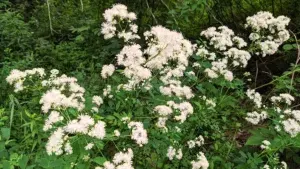

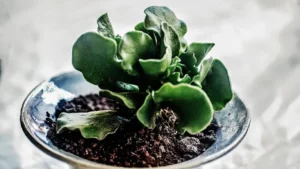
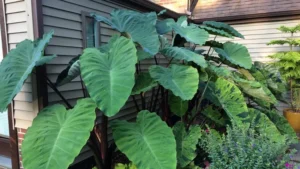
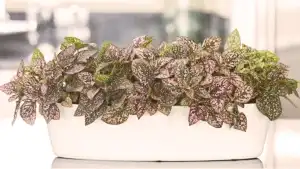

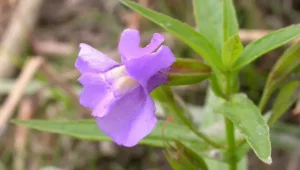

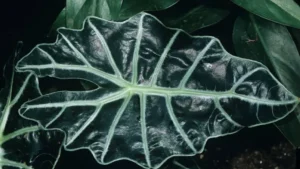


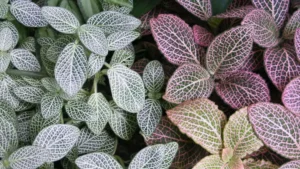
Leave your comment